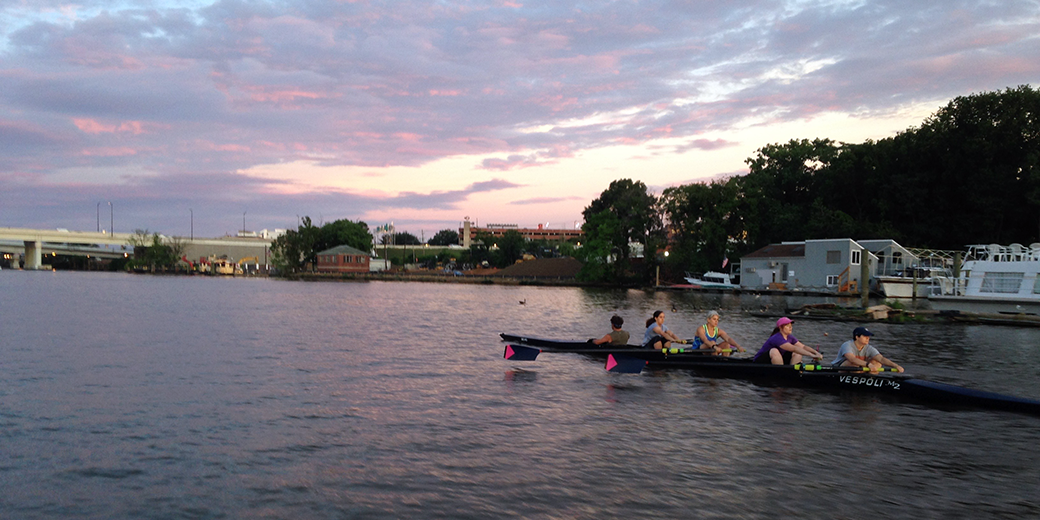Q&A: Bowloader Coxing 101
Question of the week, from a second-year masters rower:
I have a little experience with stern-coxed 4s and 8s, but this weekend my coaches had me cox a bowloader 4 for the first time. I couldn't see anything the rowers were doing. What should I have been doing?
Answer:
Being in the bow of the boat is definitely different than sitting in the stern. If you’ve coxed before and know the basics of commanding crews, here are a few suggestions:
Bring padding to shove into the bow hull
Lots of boats have a totally hollow bow hull, meaning if you're coxswain-sized, there's nothing to keep you from sliding down into the very tip of its innards. (This happened to me my first time out in a bow loader – HWT MM4 at race pace – I ended up grabbing onto the gunwales with my fingertips and pulling myself back up high enough to see over the deck.) Grab a life jacket or a couple of yoga blocks to put near your feet to take up room and keep you propped up.
It's a water sport... dress to stay dry and warm
More often than not, you're going to get wet (if not drenched) by back splash that comes off the rowers' blades. (I find I stay drier in women's lineups, FWIW.) Invest in foul weather gear – waterproof pants or overalls and a waterproof, windbreaking jacket. Even on warm days, you can catch a chill if you're sitting a pool of water for a couple of hours. In cold weather you'll want to layer up with lycra or cotton tights and tops under your waterproof layers.
No rule states you must lay down
If you're new to coxing in the bow and are nervous about remaining in control while laying down, sit up with your back propped against the headrest for support. Hold onto the gunwales to keep from sliding under the deck, and to keep your body weight from accentuating boat check. Just be sure you don't get in bow seat's way when he swings into the finish.
Once you've gained confidence, scoot into the prone position. During practices, sit up slowly and look towards the stern for a couple of strokes to determine if what you hear and feel matches with what you see.
Focus on steering, aka what's this steering thingy?
The first several times you cox in a bow loader let the coach worry about fine-tuning a rower’s technique while you figure out how to steer. In the stern you're used to steering cables that run along the port and starboard gunwales. You hold one in each hand and gently push forward with your right hand to go starboard, push with your left hand to go port.
In a bowloader you may not see the steering wires. Some boat manufacturers integrate the wiring into the hull for better aerodynamics and to keep the wires in better condition. Instead, you might find one of a couple of different steering mechanisms.
Brie Stark coxed at Bryn Mawr College and in 2012 was selected to cox the Cambridge University Women's Lightweights in the Henley Boat Races against Oxford University in 2013.
In this image that coxswain Brie Stark shared with us, you can see a tiller sticking out from the center of her Hudson bow deck. Hudson, Sykes, and Filippi are three manufacturers that use a center tiller. I'm not a fan of these because the tiller can be awkwardly close to your private parts...
It will seem counterintuitive, but push the tiller left (port) to move starboard, and right (starboard) to move port. In this picture, if the boat wasn't on the dock, Brie would be steering towards starboard.
In Vespolis, you'll find a tiller mounted to the starboard side of the hull. It's nothing fancy, just a tube-like handle attached to a short swing arm. It's easier to reach than the center-mounted tiller, but equally non-intuitive. With these, push forward to steer starboard, and pull back to steer port.
RowSource founder Rachel Freedman steers a Vespoli bowloader 4 at HOCR in 2014.
NOTE: the Vespoli handle screws onto the arm and can come loose. I learned this when a handle fell off while queuing up in the Basin for the Head of the Charles. I panicked for a second, took a breath, and then realized I could just screw it back together!
Test the steering at the beginning of any practice. If you don't want your crew to know you can't remember how to steer the bowloader, just say "I'm going to test the steering for a couple of strokes to make sure it feels alright before we get into any hard pieces." While your rowers are on the paddle, push the tiller in one direction and then the other so you can see what happens. Once you feel confident, tell the rowers "Okay, steering is good to go."
Listen to – and feel – the boat
You can't depend on your standard visual cues to command the crew, but a boat resonates with lots of sounds.
Listen to the oarlocks. If you hear more than one clunk of the oars at the finish and/or rolling to square on the recovery you know timing is off.
Listen to the seat wheels roll in their tracks. In the bow you can't watch for ratio (speed of the drive in relation to the speed of the recovery), but you can hear it. If it sounds like it's 1:1, remind your rowers to control their recovery and adjust the ratio.
Watch the bow deck to determine if the boat is set. Especially when you're laying down, the boat set is really easy to determine because your eyes are nearly aligned with the deck and you're very close to the water. If the boat rides along down to one side for several strokes, the rowers on that side need to raise their handles a bit, while the rowers on the other side lower their's to find a happy middle ground.
Think "wide load"
Oars stick out about six feet perpendicular to the gunwales so think of the entire set up (oars and boat) as one wide load that you need to have room for navigating safely. You'll get the feel for this pretty fast, but to get started, give yourself a couple more feet than you think necessary when you're approaching buoys, other boats, bridges, etc. When you're docking, get your bow at a 45º angle to the dock (if space allows) and take it in by stern pair, slowly. Sit up and be ready to grab the dock when you're close enough.
There's lots more to know about bow coxed boats. Have a question? Email rachel@rowsource.com



